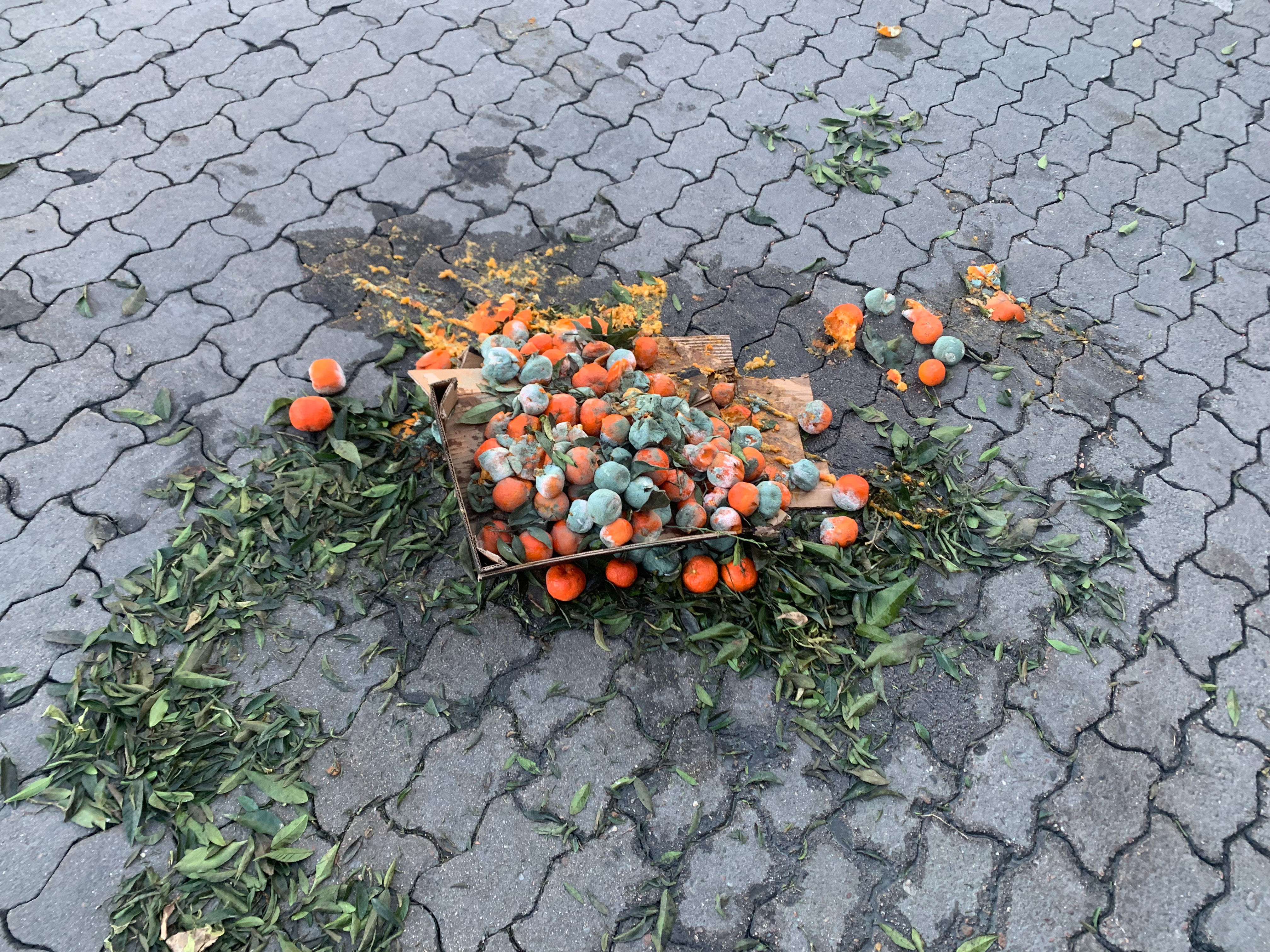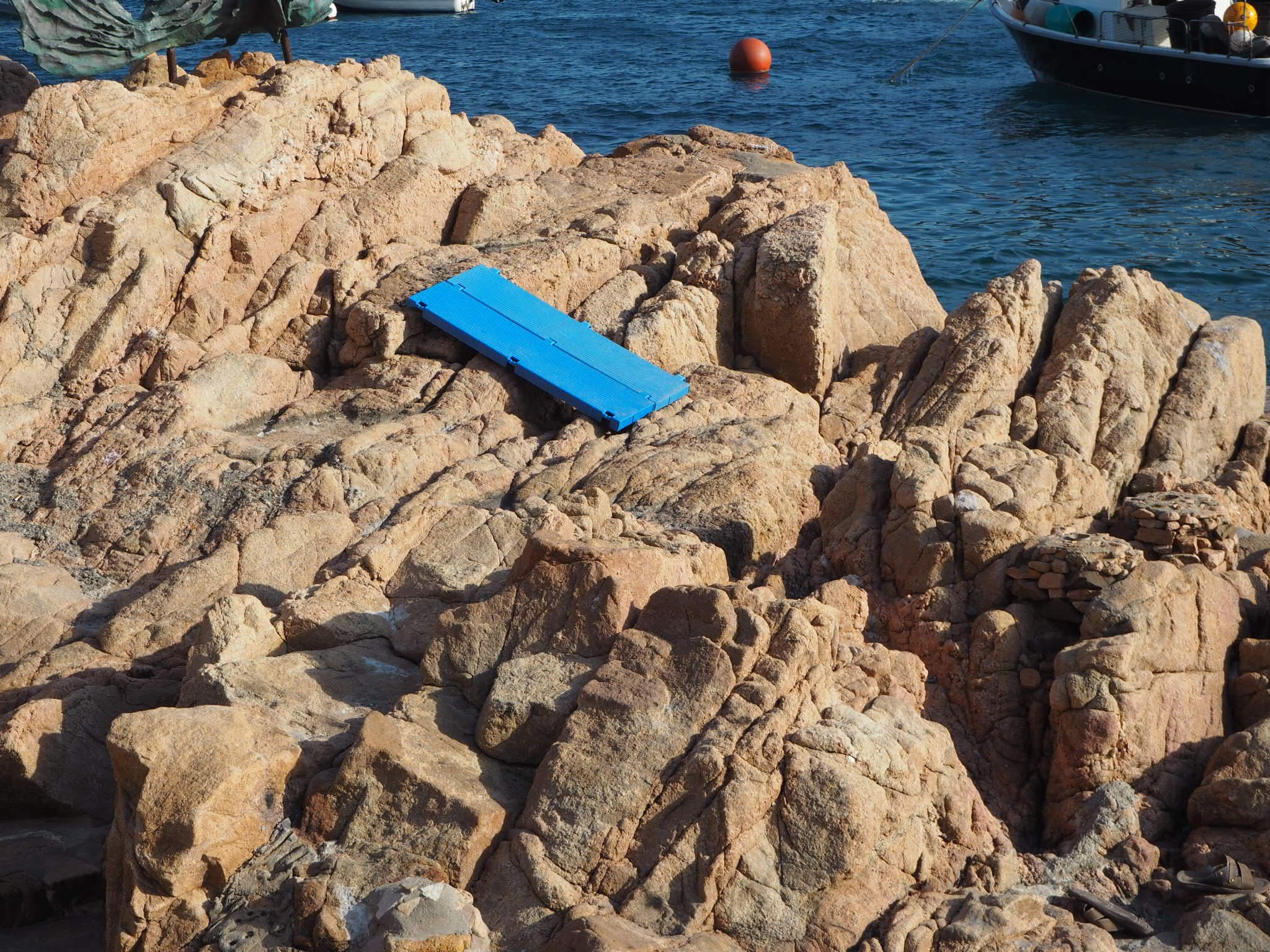
To what extent do we feel responsible for our designs?.
The question who am I is now a constant in my life. We redefine ourselves with the passing of time. Our learning is constant and we keep inputting new information into our being that shapes the way we see the world and how we act around it. As a designer we must be conscious of what we desire the world around us to be, we are agents of change and we have the possibility to transform the world around us. This comes with a great responsibility. We not only affect our individual life but it reaches beyond our community. But how can we design reponsively?.
As we embrace the responsibility we have as designers of transforming the world around us we can easily move into a state of worry and stress thinking about the possible outcomes of our designs. It is true we should try and think about all the possible effects our design might have but we are not able to control them all. This is something we must consciously let go of. The thinking that we let many of our designs see the light of day because they’re not ready or perfect yet. But the truth is they will never be. We keep constantly evolving and changing as species, as a society and the world around us too. With more knowledge we also gain learnings on how to improve our designs. But what would the world be like if we didn’t take the risk of trying.
The responsibility has to come from the beginning. From step one of your design process. There is a big difference between designing from your own perspective than designing with your surrounding community. This makes me reflect on Audrey Desjardins when she told us to embody the community. This is a powerful task. To do this you must really engage in a first person perspective. You must understand deeply what you are designing and who you are designing for. Sometimes you even have to live with the thing in order to fully understand all its possibilities, constrains, lacks and needs.
This is something very common for example in the case of disabled people. Laura Forlano was reflecting on how disabled people are the ones that test first the prototypes of medical issues. It’s usually with patient zero that they start testing if their design works or not or what it needs to be improved. This makes them a disabled cyborg in some way. Having an extra thing attached to you, living with you. This is usually something you have to test everyday for several days in order to gather the most accurate data. Eventually this becomes an extension of you.
I wonder how many things around us take up that roll. Maybe without even noticing it we have been embodying technologies. There are many things I could think of that are now part of my body like my earrings which I never remove, my hair tie, phone, watch, among others. This talks about a possibility of changing perspectives and designing with someone and not for someone. There is a greater possibility of designing something more accurate and interesting when making design a participatory thing.
Our society is sometimes driven by technological determinism. Techonologies have surrounded us constantly and in many cases determine how we live and interact with each other to the point that they can also be a reflection of our values and history. This usually leads to a social progress but we need to understand that not everything is being adapted in the same way by everyone. The difference in cultures and values makes us adapt to technologies differently and also have different uses of it. Which also adds value and contributes to the evolution of a design. Things also have agency, and they are able to shape our context. It is up to us how we use them or envision them.
Sergio Ureña asked us what it meant to be responsible. After giving a lot of turns in my head to this question I reflected that responsibility starts from within but eventually translates into a physical action. Our sense of responsibility comes from ownership and understanding that if we feel like we own something then we feel the responsibility to act on it. But this responsibility should not only come with the things we own but with our actions as well. As a designer it is hard not to be constrained by the feeling of responsibility but I want to start shifting that idea into the fact that we can actually have a say. This reponsibility is approached when you design with others, understand them, leave your designer ego behind in order to find a greater good for more people. If you did this from the beginning and your design process is honest and from a first person perspective then we can feel reassured that our outcome will most likely be a good one. There are many things that can always go wrong and many side effects that emerge but there is no way of having control over that, you can only feel like you approached the subject in a responsible way.
In my own design identity I feel like I am constantly filling my head with ideas, inspiration, I love talking to people to gain new perspectives but most of the times I just stay in my head. I am trying to switch now to an action driven methodology. I want to start doing and not wait a long time until I have everything figured out in my head. I learned that it is easier to go and get yourself involved in the community, talk to people and understand what needs can emerge from that. In that sense I am more innovative while in action. When I am faced with a problem I usually sprint towards looking for solutions. This is very satisfying to me, as well as applying a participatory design methodology. I love listening to people’s ideas and collaborating in order to create new solutions that can benefit many.


